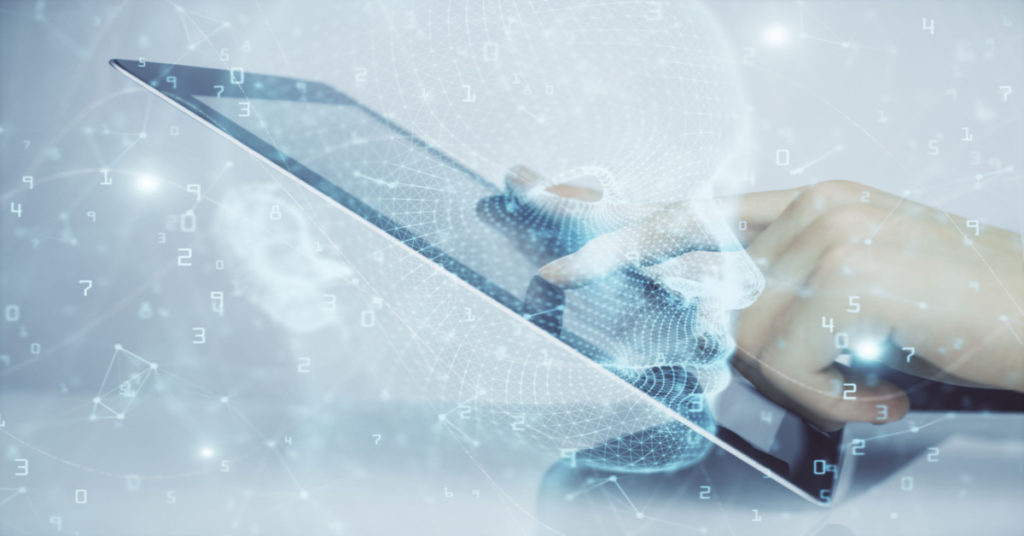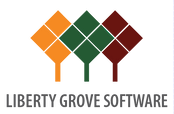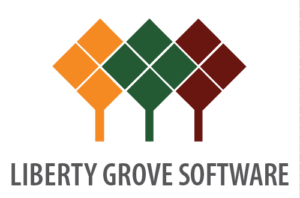Digital Transformation in the Food & Beverage Industry: Part 2
In Part 1 of this 2-part series, we looked at what Digital Transformation (DT) does and doesn't mean. We touched on the strategy and the journey. We explored the goals companies are trying to fulfill by embracing DT and implementing DT company-wide.

If you missed Part 1 of the series, you could still read it here to gain some insights and perspective into the overall value of DT before reading today's blog, which is Part 2. Just click on the title below.
Digital Transformation in the Food & Beverage Industry: Part 1
Here, in Part 2, we will delve into the benefits of Digital Transformation specific to the Food & Beverage industry.
Think about the tasks that are the most mundane and time-consuming, perhaps some of the day-to-day grunt work that involves manual data entry. Think about your supply chain and how the recent supply chain disruptions and freight rate hikes have impacted your food business.
Then think: What if Digital Transformation could mitigate or eliminate those issues? Let's see…
Mundane Time-Consuming Tasks
Obviously, there are many kinds of companies in several sectors under the Food & Beverage label. So, let's take one example: A small company that imports beer, wine, and spirits from multiple sites around the globe, including Eastern Europe, Western Europe, and Asia.
The owner/president, who happens to be a woman, wears many hats, but mainly CFO (Chief Financial Officer) and COO (Chief Operations Officer). What does her day-to-day look like? Of course, she checks her email first thing in the morning. And then…
She starts checking on all her pending orders, bottling, labeling, packaging dates, container movement, expected arrivals, and drayage from the port to her warehouse. These are mundane tasks, some of which can be easily automated. All this has been very time-consuming.
In a company that has fully embraced and implemented Digital Transformation, she would not be sitting there running reports because those reports would have run automatically overnight. As soon as she logged in to her laptop, a list of the new daily reports would have automatically popped up. All she would need to do was select the ones she wanted to read.
Supply Chain Disruptions
Like so many importers, our fictitious importer has been plagued with supply chain nightmares: difficulties getting her container on ships in the ports of origin, port delays here in the United States, unloading delays, drayage to warehouse delays, and more, plus price increases across the board.
It's an absolute nightmare, and she's concerned about the very future of her company as cost increases have dug deeply into her profit margins. Her YOY revenue numbers are heading into the red. And that is not sustainable.
But there is such a thing as Supply Chain Management (SCM) software. And it is often an integral component in a company's Digital Transformation. SCM software won't get the container ships into the port faster. No, those ships will have to wait their turn. But here's what SCM software can do!
Supply Chain Management software is a set of tools or modules used for:
- Executing supply chain transactions
- Managing supplier relationships
- Controlling associated business processes
- Maximizing the efficiency of business activities such as the planning and management of the entire supply chain
- Automating operations
By automating operations and logistics, SCM software increases a business's physical and information flow. The entire business, therefore, benefits from:
- Higher performance
- Greater cost-efficiency, and thus
- Increased supply chain efficiency.
Supply Chain Management (SCM) software typically includes:
- Customer requirement processing
- Purchase order processing
- Sales and distribution
- Inventory management
- Goods receipt
- Warehouse management
- Supplier management
- Supplier sourcing
SCM software may also include forecasting tools that help companies balance the disparity between supply and demand. Such tools use algorithms, consumption analysis, AI (Artificial Intelligence), and BI (Business Intelligence) to improve planning.
WOW!
Are you ready to explore what Digital Transformation can do for you?
We are here to assist you as you plan and strategize your digital journey. Just contact Liberty Grove Software. Call 630-858-7388 or email us at nav@libertygrove.com.


